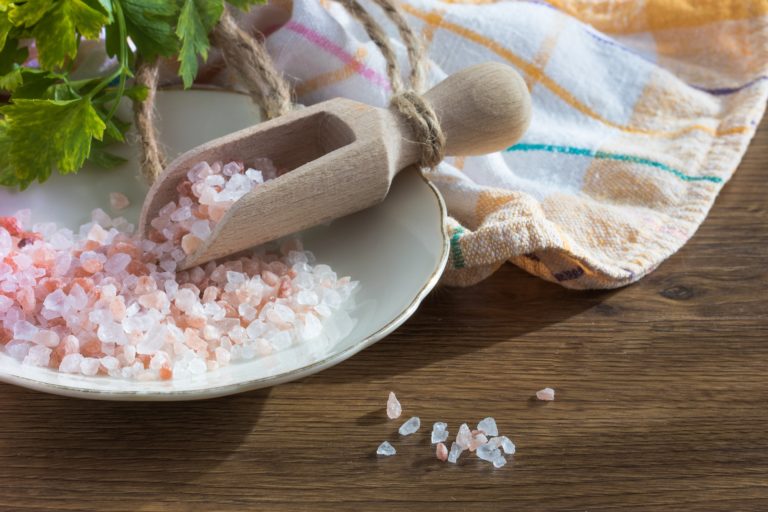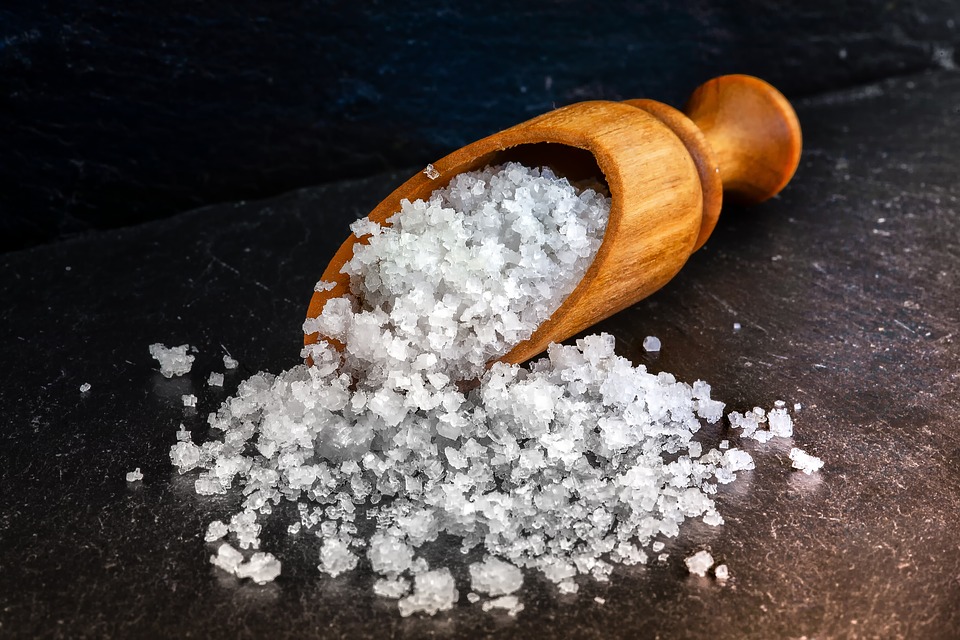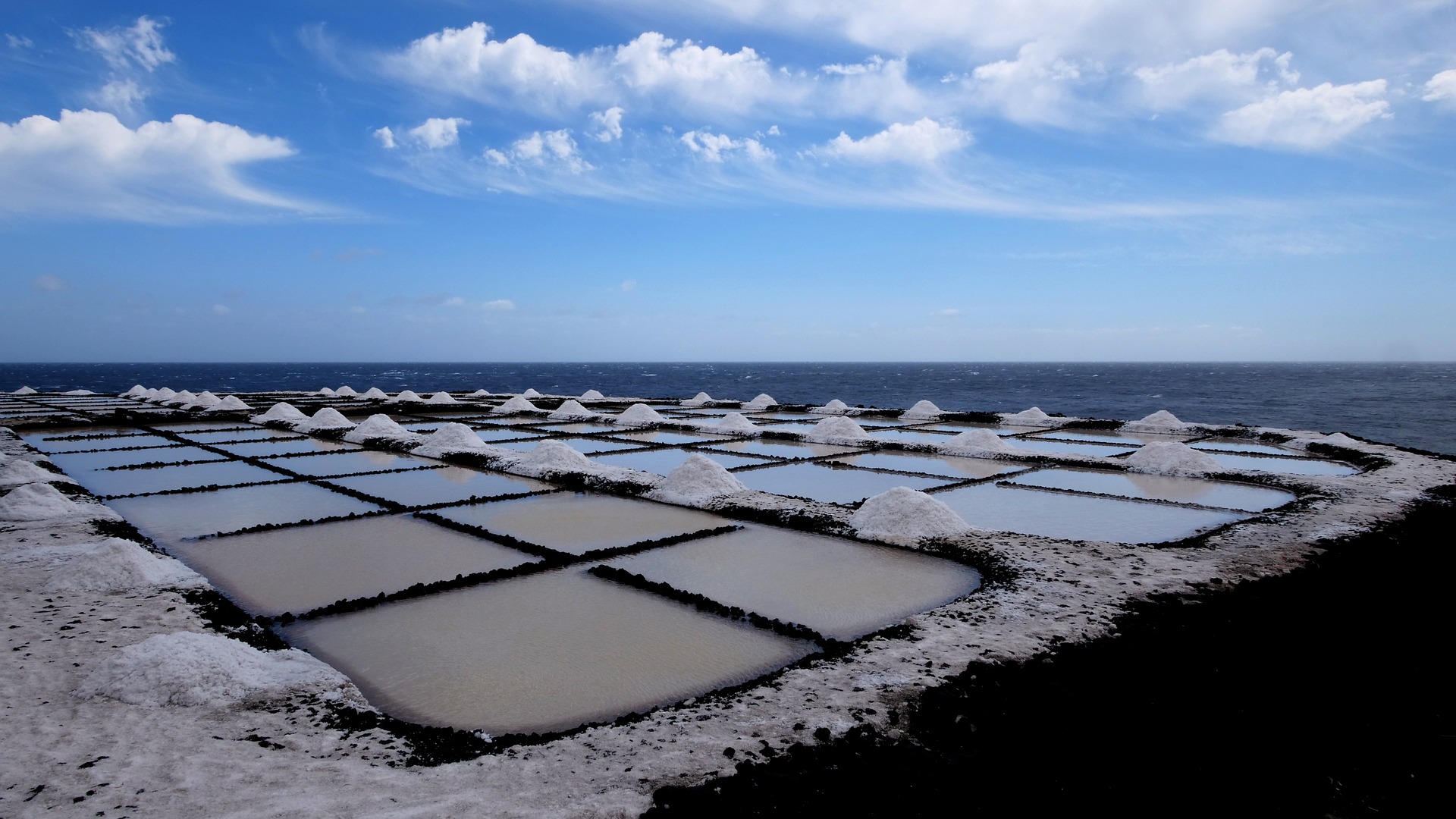
Salt, a universal ingredient, an integral part of all cultures of food. We have used salt to enhance our flavors for hundreds of years, but what exactly does it do and why does it make everything taste so much better? There are multiple types of salt; table salt, sea salt, kosher salt, just to name a few. They all provide something different to our dishes and all have a unique way of being mined or collected.

Salt isn’t just necessary to enhance our foods but is actually vital to our heath. The sodium ions found in salt help regulate our bodies, keep fluid in our blood cells and help us to absorb nutrients. One of the first discoveries of the benefits of salt with our foods was founded by the Egyptians. They used salt to preserve their meats. The salt drew out moisture from the meat so they could be stored for longer periods of time.
These early founding’s of salt came from these lake type reservoirs called salt reserves. In the hotter months when the water would evaporate these lakes would leave behind a layer of salt to be collected on the floor of the reserve. Salt is still collected this way, but we have also found other methods through time.
So, what exactly are all these types of salt good for and how do we get them?
Table salt
The most common and or used salt is actually mined and harvested from salt deposits underground. This means it has less minerals than other salts and needs to be more refined before sale. You’ll usually find iodine added to enhance this salt.
Sea Salt
This salt takes a bit more finesse and relies more on nature. This salt is harvested from the sea in little individual salt reserves bordered out so smaller sections of water can evaporate and leave behind a higher mineral content of salt. Since it comes from the ocean where there’s a plethora of living life, this is what provides a higher mineral content.
This is partially what makes it so great for cooking, you can taste those minerals enhancing the food, providing a bit more depth to dishes. The sea salt process truly leaves it up to mother nature and ties back into the history of the first harvestings of salt.

Kosher Salt
Surprisingly not all kosher salt is actually kosher, it got its name through being the type of salt that helped the koshering process. It tends to have a more irregular shape and have variations of thin flakes or coarser crumbles. Kosher salt is a very popular salt for finishing off a meal and is a great alternative to the more commercialized table salt since it shines as the last little salt sprinkle before serving.
Himalayan Salt
You’ll instantly recognize this salt by the color. It can come in either a pale off- white pink or a deep saturated pink color, either finely ground or coarse. Himalayan salt is known to have the highest concentration of minerals out of all salts and is believed to be the purest form of salt in the world.
It is only mined in the Himalayan mountains and usually is more mid-range in price due to the sourcing and mineral content. The flavor is very similar to sea salt as they both have high mineral contents. What makes this salt a fun addition to the pantry is the pink color, use it for cocktails or just to add a different look to your tabletop saltshaker.
There are handfuls of other salts that are equally delicious but have made a slightly lower impact on how we cook our meals. Give them all a try and see which ones work better for you and your style of cooking. One thing is for sure though, who knows where our cuisines would be without salt, it has played a vital role in how we eat and how the culture of food progresses. Salt is just fantastic, and our foods would not be the same without it!
Sources
https://www.history.com/news/off-the-spice-rack-the-story-of-salt
https://www.wideopeneats.com/12-different-types-salt-use/embed/#?secret=us6QcfjqrL
Salt mine photograph – https://pixabay.com/photos/saline-sea-salt-extraction-4079178/
Salt in scoop photograph – https://pixabay.com/photos/nature-food-salt-sea-salt-moist-3305860/